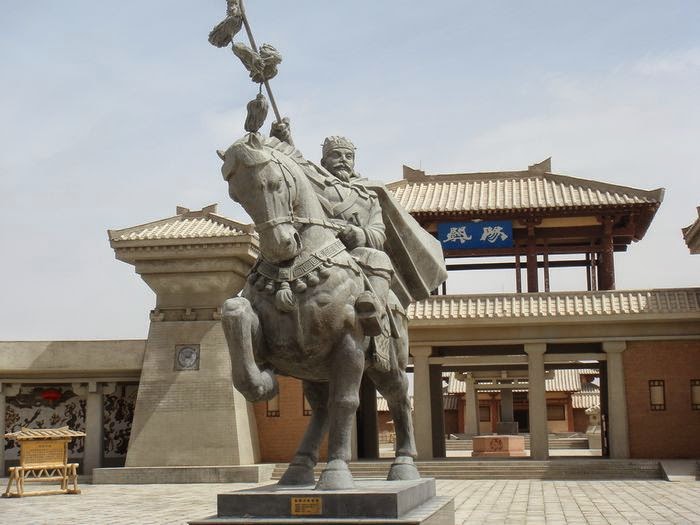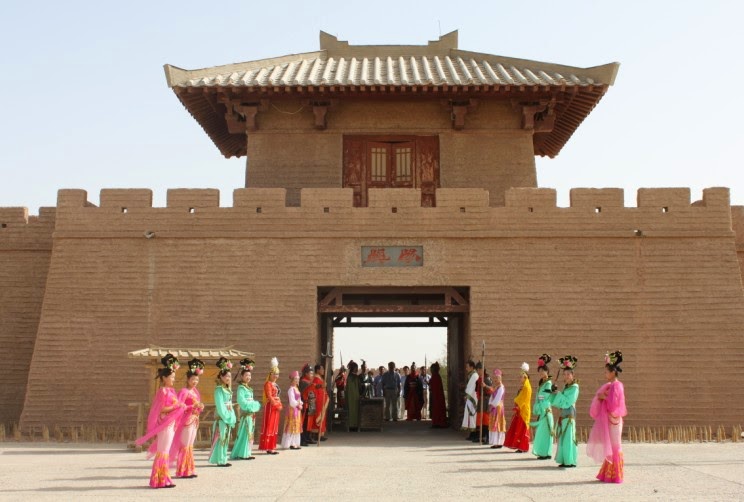In Langmu, in the
south of Gansu , there is a monastery which is
divided into two parts by the Bailongjiang
River , one half belonging to Sichuan and the other to Gansu
It is not only a
name for a monastery, but also a name for a township where Buddhist and Islamic
believers live a leisurely life style. Langmu monastery is a place where you
can experience both Tibetan Buddhism and Islamic culture. Historically Langmu
monastery was the center of local religion, culture, economy and politics.
Langmu Monastery’s whole name is “Dacang Lamu Gerdeng Monastery”. In the
Tibetan language, Dacang means Tigers’ den. According to legend it got this
name because there is a big hole which was called the “tiger’s den” where many
tigers lived. Langmu means fairy maiden
because many stones in the cave look like pretty girls. So the name “Dacang
Langmu” can be translated as "a fairy maiden in the tiger's den".
The two Tibetan
monasteries are very famous Gelu monasteries named Kerti Gompa and Serti Gompa.
Kerti Gompa is the biggest and most impressive Gelu Monastery in whole Aba area and belongs to Sichuan
province since it is located on Sichuan
Behind the Kerti
Monastery there is a gorgeous and sacred gorge. The source of Bailong River
For more
information, please visit www.top-chinatour.com











































